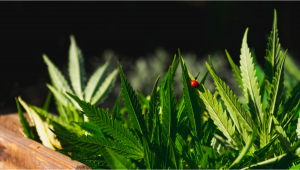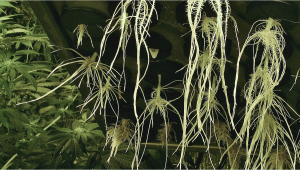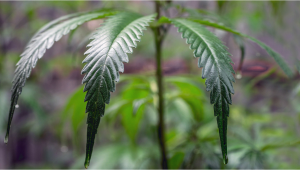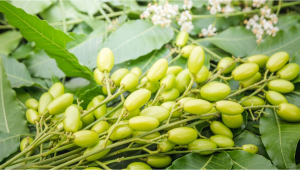Most Common Pests In Cannabis: Fungus Gnats

- 1. What are fungus gnats?
- 2. What do fungus gnats look like?
- 2. a. The lifecycle of fungus gnats
- 3. Where are they found?
- 4. What do fungus gnats do?
- 5. Fungus gnats symptoms
- 6. How to prevent them?
- 7. How to deal with them?
- 7. a. Other options
- 8. In conclusion
Fungus gnats are a common problem for soil growers but are relatively easy to get rid of if you know what to do. They are black or grown with long legs (look slightly longer than normal fly or mosquito) and usually appear when overwatering. Learn all you need to prevent having to deal with fungus gnats when growing cannabis seeds!
1. What Are Fungus Gnats?
Fungus gnats are small flying insects of the Diptera order. These flies will usually appear on the lower parts of the plant, near the soil. That is because they look for places with low light and high humidity.
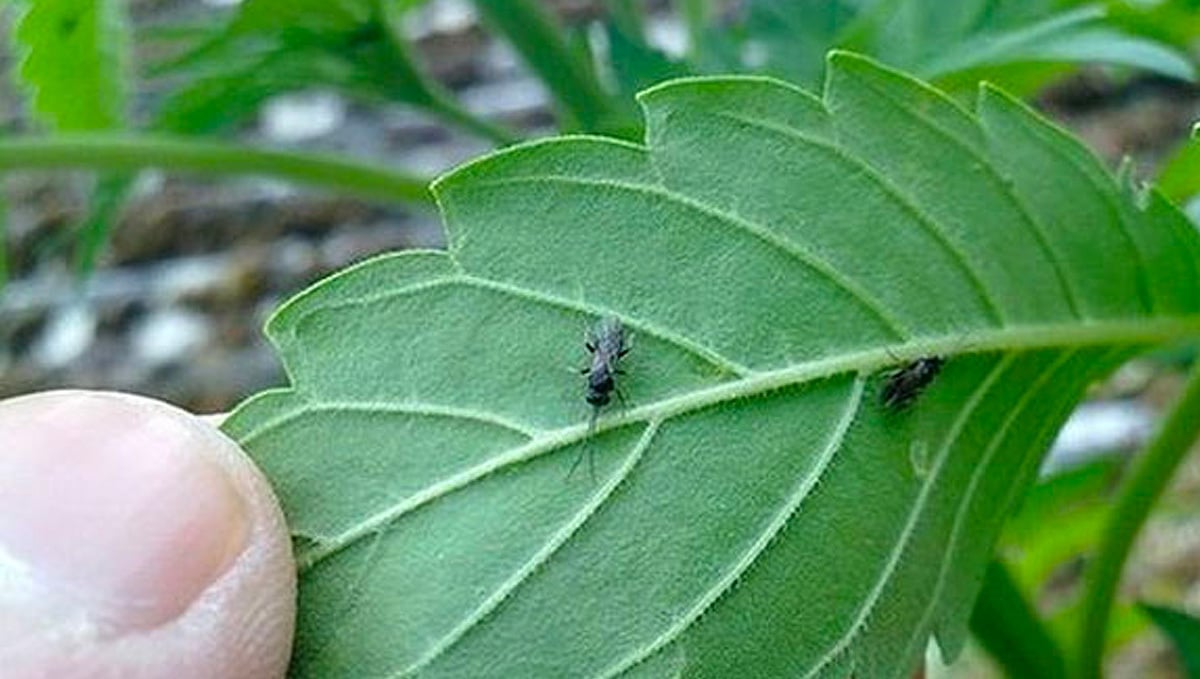
They are especially common in hydroponic setups but can appear in indoors grow if you’re keeping the soil wet for too long.
2. What Do Fungus Gnats Look Like?
Fungus gnats can be found in two stages of life. Adults can be black, grey, or brown and have long legs and wings, they can look like fruit flies but they are usually thinner and longer than normal flies.
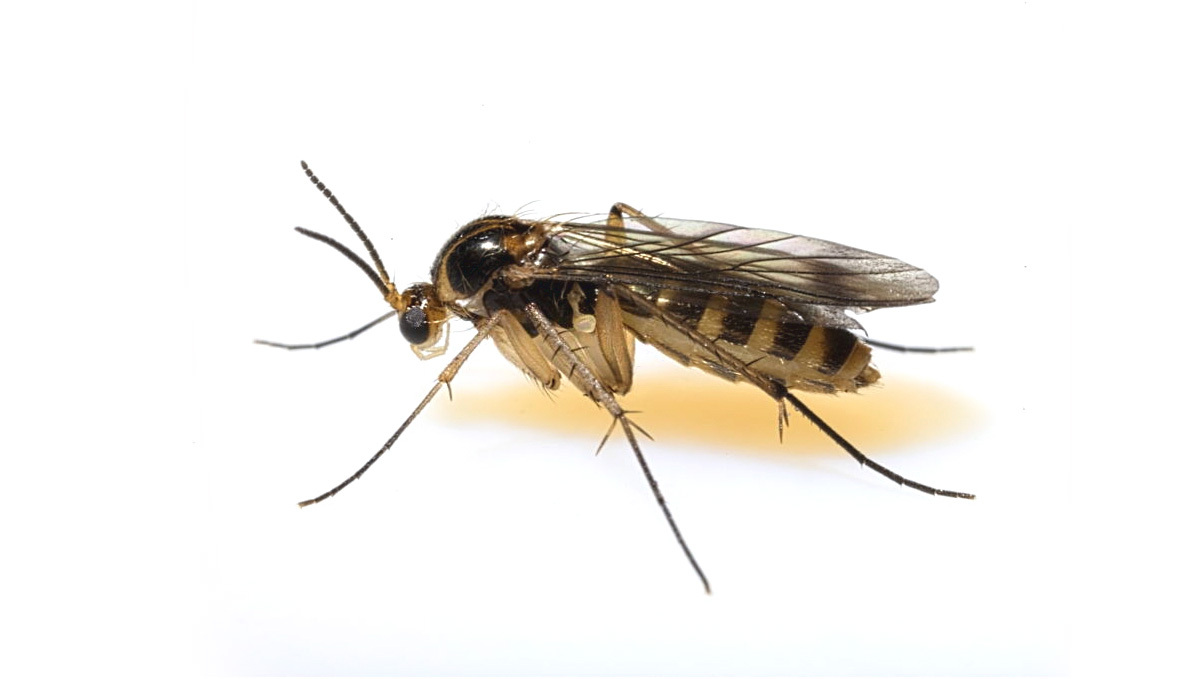
Larvae are really tiny and the only way to spot them is by closely looking at your soil in search of small white dots wiggling in the soil.
The Lifecycle of Fungus Gnats
As mentioned, fungus gnats are more commonly found in two stages: Adults and larva, but they can be found in four different stages: egg, larva, pupa, and adults. This means that you may find fungus gnats at any stage of their life cycle, so it’s ideal you understand a bit more about them and know what to look for in order to prevent having problems in your grow space. The fungus gnat life cycle takes around 3 - 4 weeks from egg to adult and can be divided into:
- Egg - 7 days
- Larva - 7 days
- Pupal stage - 7 days
- Adults - 7 days
Yes, adults have a lifespan of around 1 week, this is why it’s so important for you to identify and get rid of fungus gnats in their early stages. Adult fungus gnats lay eggs, so by eliminating the adults you solve the root of the problem.
3. Where Are They Found?
The adult gnats are found flying all around your plant and especially on the soil. If you spot adult fungus gnats but there’s no sign of their larvae, it’s a sign of overwatering and too much moisture in your soil.
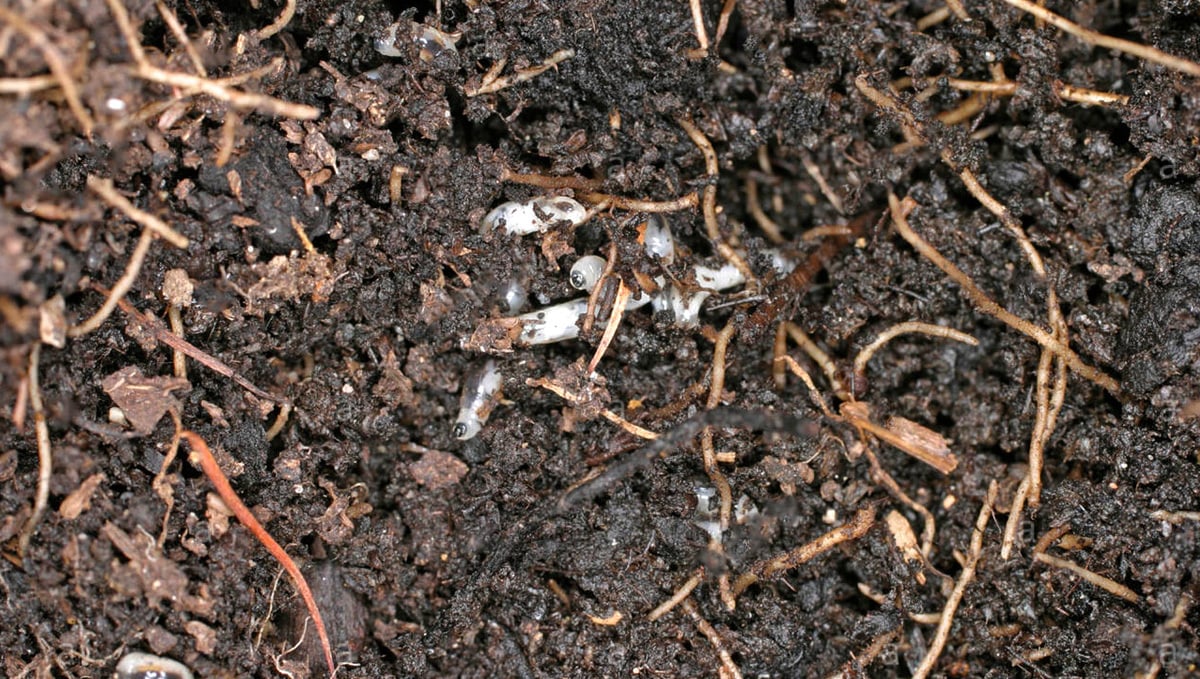
The adults lay eggs in the soil and it won’t take much time for the eggs to hatch. You will start to see small white dots in the soil and your plant will start showing symptoms, as they are the ones that damage the plant’s roots.
4. What Do Fungus Gnats Do?
The larvae actually don’t feed on the roots or the cannabis plant itself but feed on fungus and decomposing matter and sometimes the new root growth gets eaten too. On the other side, adult gnats can spread diseases which combined with damaged roots can result in overkill.
5. Fungus Gnats Symptoms
A gnat infestation causes symptoms that can be easily mistaken for other problems. They can look like symptoms of deficiencies or pH levels as the infestation increases.
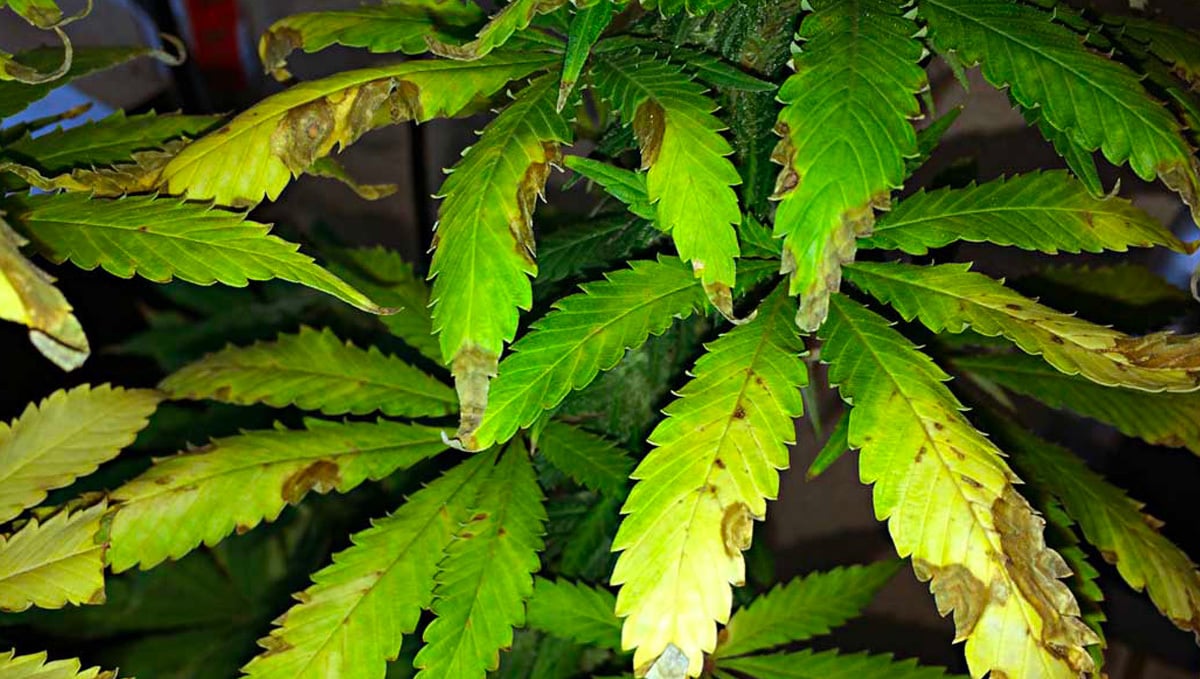
You’ll see your plant growing slower each day and more dead or damaged leaves. Either way, all problems must be assessed as they may be the cause of the fungus gnats in the first place, especially if you’re overwatering.
6. How To Prevent Them?
There isn’t much to do to prevent them other than not overwatering. These bugs thrive in wet and humid soil, if you water properly and don’t overdo it, you won’t have a problem with these bugs.
7. How To Deal With Them?
If you already are suffering from an infestation the best way to get rid of them is to let the top part of your soil dry for a couple of days. This will make the fungus gnats go look for another place to lay the eggs and the larvae will die. Be sure to do the same to all the plants in your grow room or they will just migrate to the nearest plant.
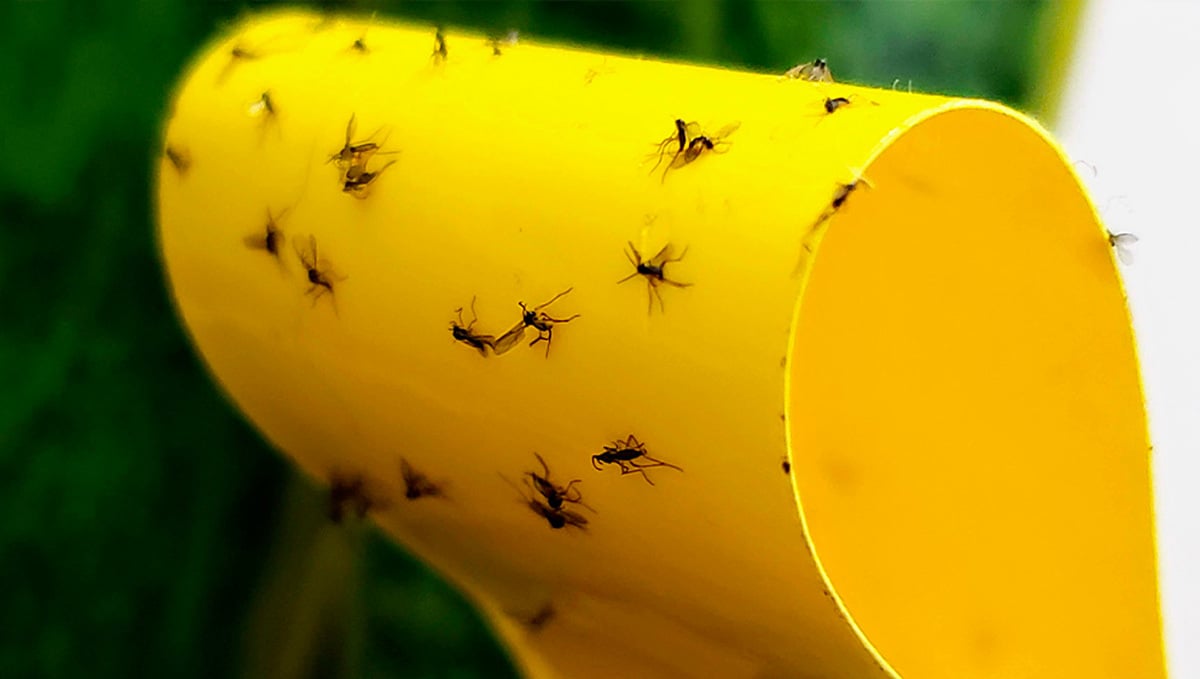
If there are too many of them and you can’t deal with them this way, you can use yellow sticky cards, Neem Oil, or an organic powdered insecticide to sprinkle on top of the soil. While yellow sticky cards and neem oil will only take care of the adults and powdered insecticide of the larvae, you will need a combination of them both to effectively get rid of all of them.
Other Options
While the combo of sticky traps and Neem oil usually does the trick, there are other options available should you have trouble finding either of these items.
Diatomaceous Earth
Diatomaceous earth is a fully organic product that is not only totally safe to use, but also very effective against fungus gnats. It's actually the ground-up remains of fossilized diatoms, which are small aquatic creatures composed of the mineral silica. Its abrasive texture is deadly to soft-bodied insects.
It works by cutting through the exoskeleton of the insects and dehydrating them, killing them in a few hours. It should be applied liberally to the top of the soil or medium, and be sure to reapply after every watering. But be aware that it can also be harmful to other beneficial insects, but if you are growing indoors then there shouldn't be too many of these to worry about. Unless you add them to your grow area...
Beneficial Predatory Insects
There is a wide range of beneficial insects that cannabis cultivators use to help keep unwanted pest populations at bay. These include lacewing, ladybugs, beneficial nematodes and mites, and parasitic wasps. These predators will seek out and consume fungus gnats before they can lay their eggs in your grow media. They can be purchased online or at most garden centers. If you're using a biological control method, like beneficial insects, be sure to read up on them and follow instructions carefully so as to not cause more harm than good.
Insecticidal Soaps
Insecticidal soaps are an effective and safe way to get rid of fungus gnats without the help of harsh chemicals. The soap acts as a surfactant to break down their exoskeleton and dehydrate them. To use it, mix 2 tablespoons of insecticidal soap per gallon of water and apply it to the top of your soil or medium. Reapply after every watering. The key with insecticidal soaps is to make sure you actually get the soap on the bugs and not just the soil, so be generous when applying.
8. In Conclusion
Fungus gnats are relatively hard to get and can be easy to get rid of if you take care of them in the early stages. Never let the infestation get out of hand and if it does, be sure to let your soil dry out and use a combination of different products to get rid of them completely. If you only kill the adults, the larvae will grow and continue to lay eggs, and if you only kill the larvae, the adults will continue laying eggs so it is super important to take care of them at both stages.








